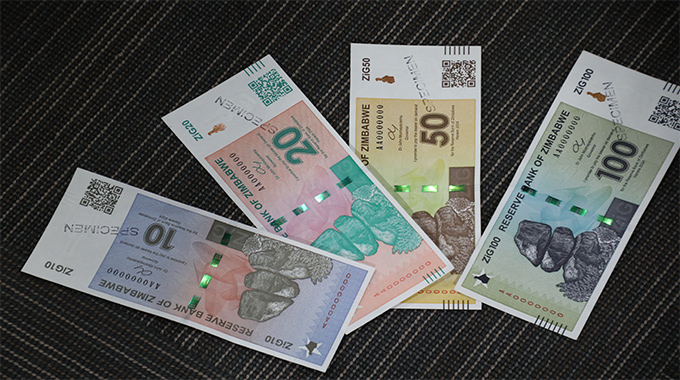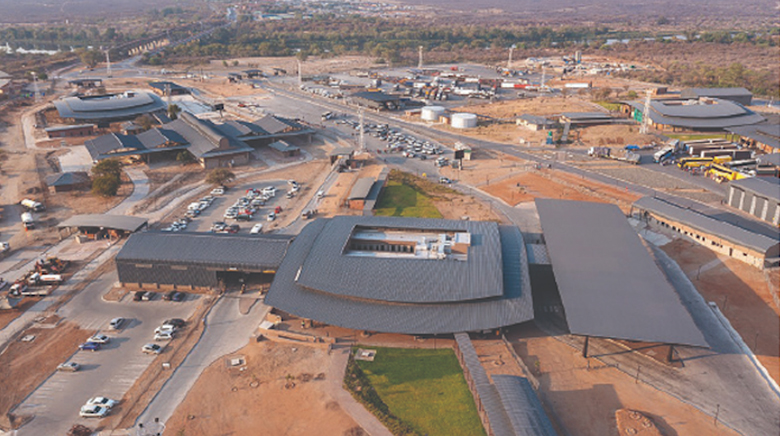Cottco rolls out ambitious strategic plan

Oliver Kazunga, Senior Business Reporter
THE Cotton Company of Zimbabwe (Cottco) is rolling-out an ambitious strategic plan to bolster value addition in the cotton-clothing value chain and productivity in line with the National Development Strategy 1.
Under the National Development Strategy 1 (NDS 1), a five-year macro-economic policy running between 2021-2025, the Government is focusing on increasing production across all sectors of the economy.
This is in sync with the Second Republic’s Vision 2030, which seeks to transform Zimbabwe into an upper middle-income economy with a Gross Domestic Product per capita of US$3 500.
As part of its contribution to NDS 1 and Vision 2030, the country’s largest cotton-buying company
last year registered a 40,6 percent growth in cotton intake to 116 052 tonnes compared to 82 479 tonnes in 2020.
In an interview last Friday, Cottco chairman Mr Sifelani Jabangwe said in line with the aspirations and objectives of NDS1 and Vision 2030, his board and management were working on transforming Cottco into a commercially-viable entity, increasing production as well as uplifting the livelihoods of farmers.
“On account of the aspirations of NDS 1 and Vision 2030, as Cottco board and management we are working on transforming the company into a commercially-viable entity, increasing production targeting 300 000 tonnes of cotton annually, as well as improving the livelihoods of farmers across all the cotton growing region in the country,” he said.
The white gold is grown in areas such as Nkayi, Gokwe, Sanyati, Murehwa, Muzarabani, Rushinga and Mudzi, among others.
As part of transforming Cottco into a commercially-viable entity, the firm’s board and management is working opening new smaller ginneries than the existing ones across the country.
This is on the back of the projected cotton intake target and improved output.
“We are also leveraging on value addition across the cotton-clothing value chain, already we are working with some companies such as Afroran Spinners.
They spin yarn from cotton lint; yarn which is then sold to those who do either weaving or knitting.
“So, we are working under a toll-manufacturing arrangement where they toll manufacture some of our lint and convert it into yarn and selling to customers.
“As part of boosting output as well as promoting value addition, we are also looking to support some of the companies that are already doing a lot of lint conversion, supporting them so that they can maximise their operations so that if there is any effect to their operations it’s not a result of shortage of cotton,” said Mr Jabangwe.
At the end of last year, he said also in line with promoting value addition, Cottco recommissioned a de-linting plant, which removes small hair that remains on the cotton seed.
He said with the de-linting plant already refurbished and running, it will this year see Cottco producing linters which can be sold on to the market locally and outside the country.
“We are now investing in projects which will help us boost production, promote value addition and improve the livelihoods of farmers. From cotton, we also get cotton seed from which we can get oil.
“So, we are looking to install plants to express oil from some of our cotton seed. And these in support of the devolution agenda, we are looking to install them in some of the marginalised areas where cotton is grown.
“At the moment we are at the preliminary stage so that we are then able to come up with a value,” said Mr Jabangwe.
“As you are aware, Government is looking to invest some of the Special Drawing Rights into value addition of which cotton is one of the targeted crops for value addition.
“At the moment, we are at the stage where we are getting quotations so that we can see how much funding that’s required and we are looking to start the investments this this year.”
In August last year, the country received an injection of around US$1 billion, which is its allocation of SDRs from the International Monetary Fund (IMF).
The IMF availed a total of US$650 billion in SDRs to member countries last year to enable the global economy cope with the major setback induced by the Covid-19 pandemic and the need to rebuild reserves.
Government has announced that part of the resources were earmarked for agriculture, manufacturing, health, agriculture, education and mining. — @KazungaOliver












Comments